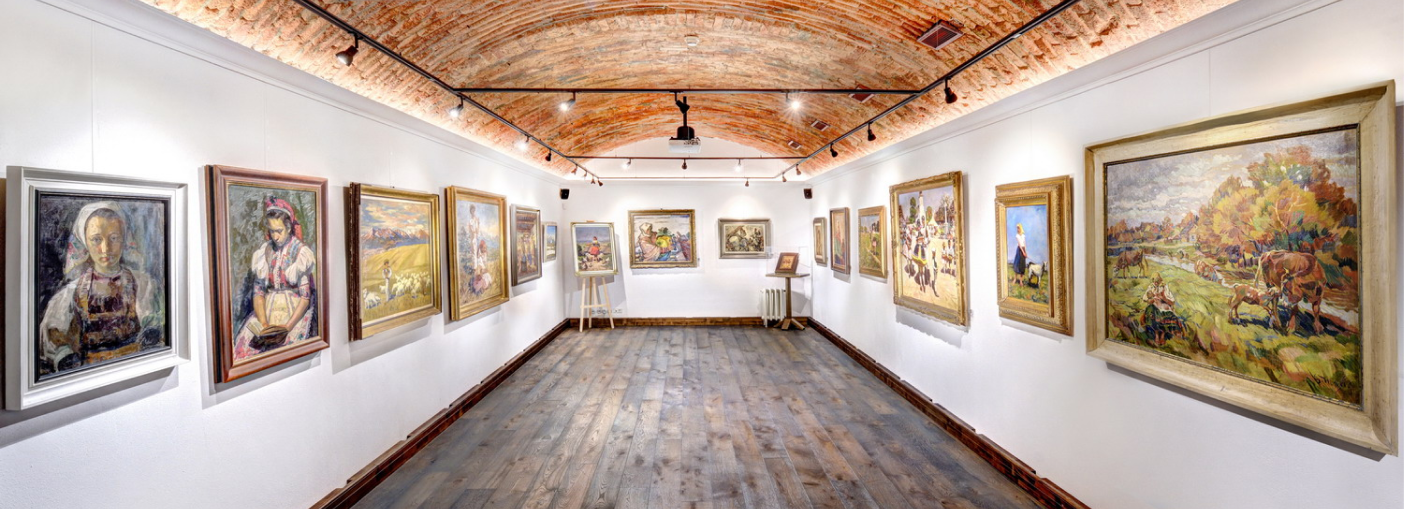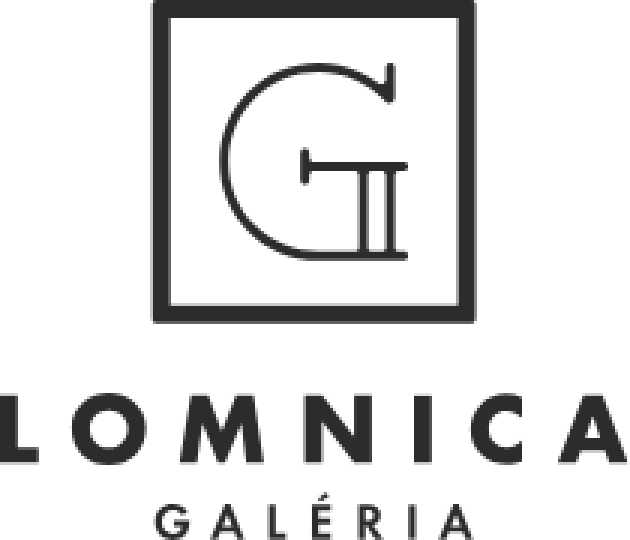
Nándor (Ferdinand) Katona (his real name was Náthan Kleinberger) was born on 12th September 1864 in Spišská Stará Ves and died on 1st August 1932 in Budapest. In 1880, based on invitation by L. Mednyánszky, Katona arrived to the Strážky manor near Kežmarok, where he obtained his first education in art. In 1884-1890, he studied at the Royal Hungarian School of Drawing and the Institute for Teachers of Drawing Budapest (professors J. Greguss, B. Székelyi and K. Lotz). After 1890, he studied at the Academy Julian in Paris (prof. B. Constant, J. P. Laurens). In 1891 he works in Barbizon. Between 1892 and 1893, Katona went to educational trips to London and Netherlands. After completing his studies in 1893, Katona stayed in Strážky manor, the residence of the Mednyánszky family almost until the end of the century. Under the influence of L. Mednyánszky, he mainly painted landscapes, which reflected his frequent depressive moods – low-hanging clouds, evening scenes of raining, pessimistic twilights. In 1898, for the first time, Katona had an exhibition in the National Salon (Nemzeti Salon) in Budapest. In 1899 he settled in Budapest and established contacts with the painting style of the Szolnok colony. His palette got lighter and luminist plein air paintings appeared, with themes of sun-filled landscape of southern Slovakia, Balaton lake and Szolnok as well previously missing figural themes (balls, concerts, celebrations). In 1901, Katona receives an award in Paris, the Prize of the Circle of Friends of Art. Simultaneously, he becomes a co-founder of the Society of Artists in Szolnok. In 1902 he visited Mednyánszky who was sick and in 1904-1905 he travels to Russia to study and paint. In Moscow, he gets involved in revolutionary activities and is deported from the country. In 1908, he is awarded with the Gold Medal in London and in 1913 the Grand Gold Medal in the National Salon in Budapest. Until the end of his life, he received further numerous awards. Every year, he travels from Budapest to the Spiš region and the High Tatras, which became the dominant theme of his later painting. The last wish of N. Katona was having a dedicated gallery, where his estate would be displayed on exhibition. Bibliography: Novotná, M.: Ferdinand Katona. Levoča 1984; Malonay, D.: A Fiatalok. Budapest 1906, str. 101-139; Saučin, L.: Slovenské maliarstvo, grafika a sochárstvo 1850-1900. Bratislava 1973, str. 51-52.
